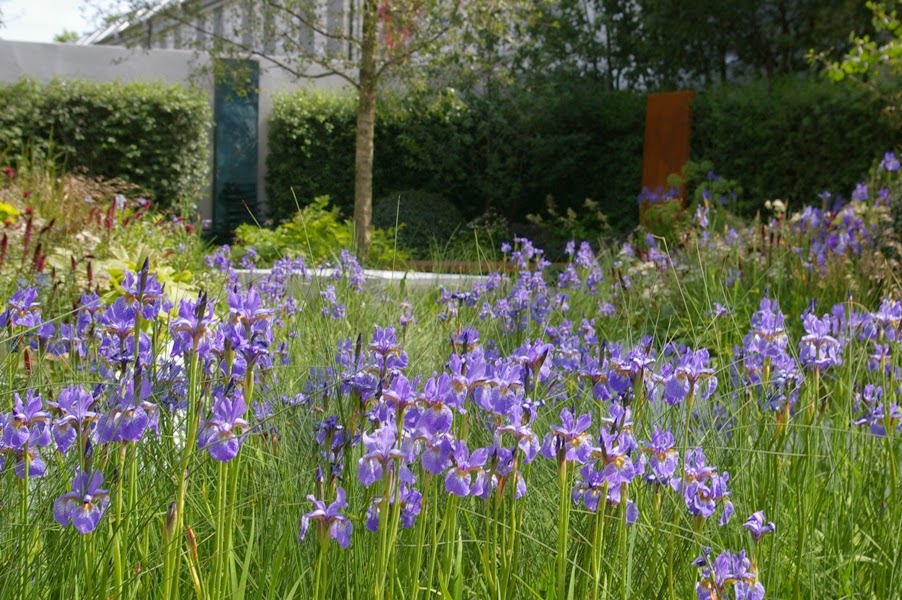 |
| English tulip 'Doctor Hardy' in its flamed manifestation, showing a broad streak of contrasting colour down the centre of the petal as well as round the edges. |
For several years I've wanted to visit the
Wakefield and North of England Tulip Society's annual show, the only event in the world where enthusiasts of the English florist's tulip can exhibit their blooms - and did so this afternoon. Founded in 1836 the society is a remarkable survivor of the English tradition of 'florists', enthusiasts growing a group of plants selected for floral perfection - auriculas and laced pinks being other examples. Fancy poultry are analogous, with feathers substituted for petals. As with all such enthusiasms, there is a complex set of expectations for a good flower - it's shape, colour and markings are all important. The shape of an English tulip should be rather rounded, and the flowers are rather smaller than the majority of contemporary 'Dutch' cultivars, and the colour range is more limited. The three colour classes, rose, bybloemen and bizarre, are illustrated below. An English tulip starts as an unblemished flower, with a variously coloured base and the main part of the petal uniformly coloured. These are called breeders, and they may remain like this indefinitely. If, however, the plant becomes infected with Tulip Breaking Virus, the ground colour changes, and the petals become variously streaked with a darker shade, often to very beautiful effect. When the streaking is predominantly round the petal edges, the flower is described as 'feathered'; when there is a broad central streak as well it is 'flamed'. In consequence, a cultivar can be exhibited in three states, and this gives the unique character of the show and society - a display of gorgeous, but often diseased blooms.
Growing the perfect bloom is not easy, with careful attention to timing for the show, but I was extremely impressed by the quality of the flowers, all displayed in beer bottles in the traditional fashion. Enjoying the show was an enthusiastic crowd, knowledgeably inspecting and commenting on the exhibits, and partaking of a lavish spread of lunch and tea. One can see why people would become hooked, and the Society offers a starter pack of bulbs to new members: it was an easy decision to join up and I look forward to shows in future years.
 |
| A rainbow of colour on the showbench, with the flowers being carefully studied. |
 |
| The three colour categories of English florist's tulips: L Rose, shades of pink with a white base; C Bizarre, reddish shades with a yellow base; R Bybloemen, bluish or purplish shades with a white base. These are breeders, which are not showing signs of virus. |
 |
| The bizarre breeder 'James Wild', a lovely soft mahogany colour. |
 |
| 'James Wild' with the virus, in this case creating a feathered flower, with the colour break mostly confined to the edges of the petals. |
 |
| A class for 12 blooms, all different, of 'rectified' tulips, i.e. broken with the virus, in bizarre, bybloemen and rose colours. |
 |
| 'Adonis' - a feathered bybloemen. |











































































